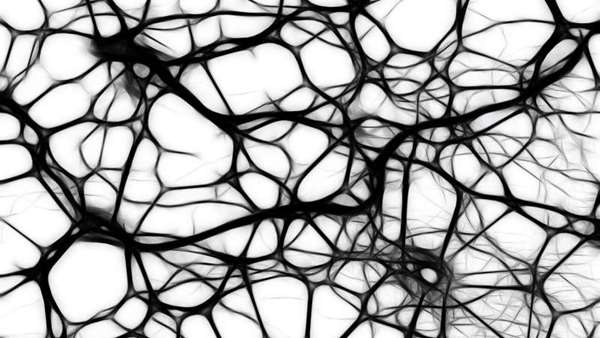Optoceutics: A new technique using light for regenerative medicine
Using light to facilitate the formation of new blood vessels—it is the breakthrough outcome of a research study carried out by researchers at Istituto Italiano di Tecnologia (IIT) in Milan (Italy).
Using light to facilitate the formation of new blood vessels—it is the breakthrough outcome of a research study carried out by researchers at Istituto Italiano di Tecnologia (IIT) in Milan (Italy). The study was published in Science Advances. For the first time, the research group has shown that it is possible to specifically influence the fate of tissue cells by using visible light together with photo-sensitive and biocompatible materials. This discovery opens up new horizons for regenerative medicine.
In fact, regenerative medicine has the purpose of repairing, regenerating and replacing cells, tissues and even organs damaged by congenital defects, diseases, injuries or aging in order to re-establish the physiological functions. Currently available techniques, comprising gene therapy and biomedical engineering, make use of chemical cues, drugs and physical stimuli, but unfortunately often lack selectivity and reversibility. Thanks to this new study, regenerative medicine can count on a new technique: optoceutics.
The study has been conducted by an IIT research group led by the OptoCell Lab Maria Rosa Antognazza, in collaboration with two Italian partners, the University of Pavia and Fondazione IRCCS Policlinico San Matteo in Pavia.
"We are talking about a completely new technique that could lead us to important outcomes in tissue engineering. The use of light as a stimulus is much more versatile and much less invasive compared to the use of electrodes; it can be directed in a more specific way on different cell populations objects of the treatment. The purpose is to create a new area of investigation, which we call "optoceutics," able to walk side by side with pharmaceutic and electroceutical technology with huge applications potential," says Maria Rosa Antognazza, IIT researcher.
It is in this context that the research team, along with the cardiovascular physiologist and first author of the study Francesco Lodola, has shown that it is possible to apply the new method to progenitor cells of the endothelial tissue. The researchers managed to effectively promote the in vitro angiogenesis process by using photo active materials as cellular substrates and by stimulating them with short pulses of visible light. These results pave the way to a number of interesting developments in the treatment of cardiovascular diseases.
The next step will be strengthening the potentiality of the proven technique using other cell models of interest for tissue regeneration. The possibility of modulating the cell fate by optical stimulation allows researchers to be highly precise and minimally invasive; therefore it may be suitable for several applications in the therapeutic field.
Reference:https://advances.sciencemag.org/content/5/9/eaav4620





ارسال به دوستان